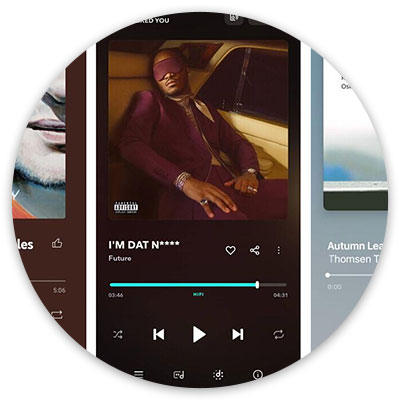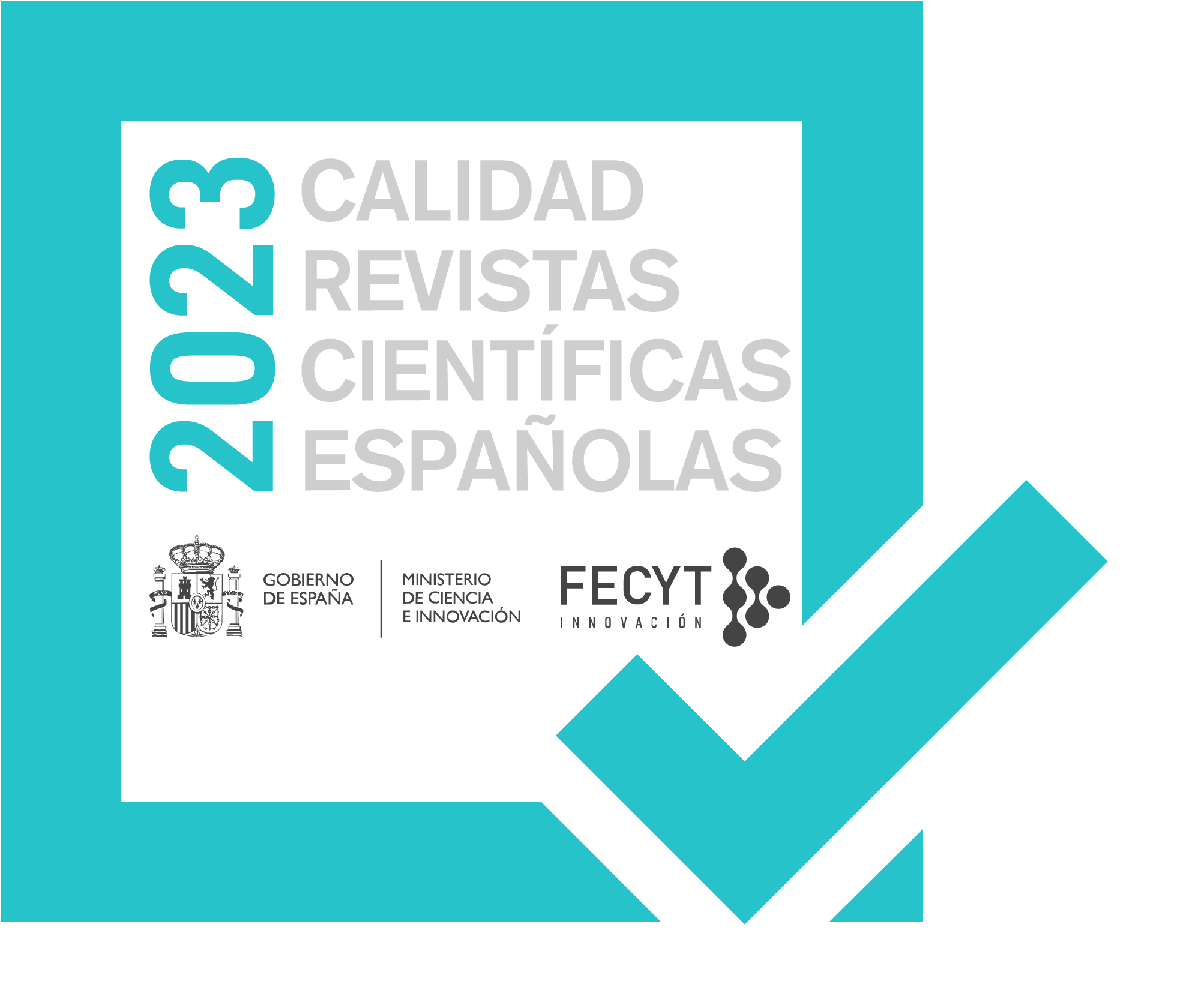Polidata: Artificial intelligence model for the evaluation of user interface design on mobile devices
DOI:
https://doi.org/10.24310/idiseo.18.2023.17687Keywords:
Interfaz gráfica de usario, diseño, inteligencia artificial, prototipos, evaluaciónAbstract
Given the proliferation of chats and prompts for the use of artificial intelligence, especially in the field of content design and generation, challenges and opportunities for design appear. This article proposes the research and development of a multiclass deep learning model, aimed at evaluating the design of user interfaces for mobile devices, especially as support during the prototyping process of high fidelity interfaces. It also presents the creation of a dataset intended to be the knowledge base of the model. The examples that constitute the dataset have been selected, coming from applications for the Android system, using, as a selection criterion, the consistency and standards of them, for this purpose, the design system Material Design of Google has been used as a style guide. The model has been integrated into an interface that allows intuitively to obtain the inferences or the level of confidence in front of a designed interface that is presented to the model.
Downloads
Metrics
References
Abid, A., Abdalla, A., Abid, A., Khan, D., Alfozan, A., & Zou, J. (2019). Gradio: Hassle-Free Sharing and Testing of ML Models in the Wild (Número arXiv:1906.02569). arXiv. https://doi.org/10.48550/arXiv.1906.02569
Adobe. (2023). Relleno generativo: Adobe Photoshop. Recuperado el 15 de septiembre de 2023, de https://www.adobe.com/es/products/photoshop/generative-fill.html
Aggarwal, A., Mittal, M., & Battineni, G. (2021). Generative adversarial network: An overview of theory and applications. International Journal of Information Management Data Insights, 1(1), 100004. https://doi.org/10.1016/j.jjimei.2020.100004
Bourke, D. (2023). Learn PyTorch for Deep Learning [Software]. https://github.com/mrdbourke/pytorch-deep-learning/blob/78be136b27f7ee6a95875f4d5869339cbc7b89cf/06_pytorch_transfer_learning.ipynb
Canonical. (2022). Ubuntu 22.04.3 LTS (Jammy Jellyfish). Recuperado el 20 de septiembre de 2023, de https://releases.ubuntu.com/jammy/
Deka, B., Huang, Z., Franzen, C., Hibschman, J., Afergan, D., Li, Y., Nichols, J., & Kumar, R. (2017). Rico: A Mobile App Dataset for Building Data-Driven Design Applications. Proceedings of the 30th Annual ACM Symposium on User Interface Software and Technology, 845-854. https://doi.org/10.1145/3126594.3126651
Deng, L. (2014). Deep Learning: Methods and Applications. Foundations and Trends® in Signal Processing, 7(3-4), 197-387. https://doi.org/10.1561/2000000039
Dodge, S., & Karam, L. (2016). Understanding How Image Quality Affects Deep Neural Networks (arXiv:1604.04004). arXiv. http://arxiv.org/abs/1604.04004
Duman, B., & Süzen, A. A. (2022). A Study on Deep Learning Based Classification of Flower Images. International Journal of Advanced Networking and Applications, 14(2), 5385-5389.https://www.proquest.com/docview/2734719954/abstract/55C16F85DA1545E1PQ/1
Figma Community. (2019). Figma. Recuperado el 10 de julio de 2023, de https://www.figma.com/community
Figma (@sanghita) | Figma Community. (s. f.-a). Figma. Recuperado 17 de septiembre de 2023, de https://www.figma.com/@sanghita
Modern Login UI 2.0 | Figma Community. (s. f.-b). Figma. Recuperado el 17 de septiembre de 2023, de https://www.figma.com/community/file/888461935200285665/Modern-Login-UI--2.0
Hearme—Music Streaming & Podcast App UI Kit | Figma Community. (s. f.-c). Figma. Recuperado el 10 de julio de 2023, de https://www.figma.com/community/file/1216774653609903227/Hearme---Music-Streaming-&-Podcast-App-UI-Kit
Music Player UI KIT

Downloads
Published
Versions
- 2024-01-14 (3)
- 2024-01-04 (2)
- 2023-12-28 (1)
How to Cite
Issue
Section
License
Copyright (c) 2023 MA. Lic., DR.

This work is licensed under a Creative Commons Attribution-NonCommercial-NoDerivatives 4.0 International License.
Aquellos autores/as que tengan publicaciones con esta revista, aceptan los términos siguientes:- Los autores/as conservarán sus derechos de autor y garantizarán a la revista el derecho de primera publicación de su obra, el cuál estará simultáneamente sujeto a la Licencia de reconocimiento de Creative Commons que permite a terceros compartir la obra siempre que se indique su autor y su primera publicación esta revista.
- Los autores/as podrán adoptar otros acuerdos de licencia no exclusiva de distribución de la versión de la obra publicada (p. ej.: depositarla en un archivo telemático institucional o publicarla en un volumen monográfico) siempre que se indique la publicación inicial en esta revista.
- Se permite y recomienda a los autores/as difundir su obra a través de Internet (p. ej.: en archivos telemáticos institucionales o en su página web) antes y durante el proceso de envío, lo cual puede producir intercambios interesantes y aumentar las citas de la obra publicada. (Véase El efecto del acceso abierto).






14.png)



